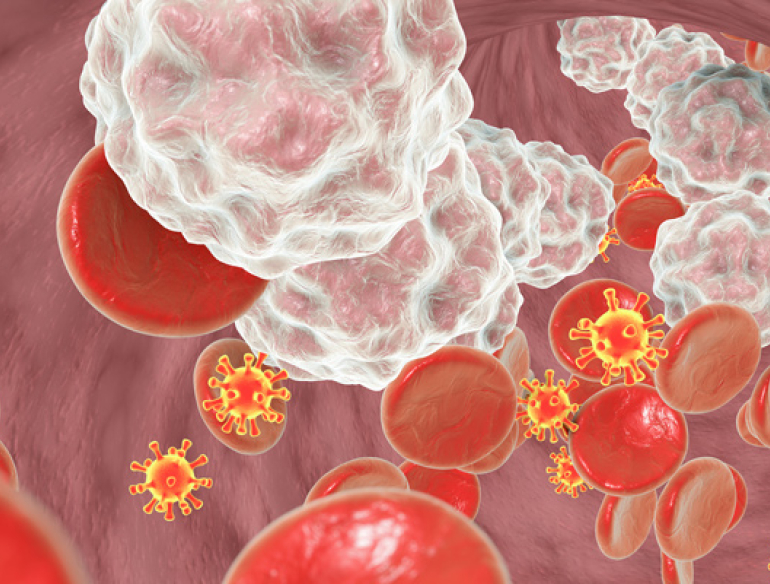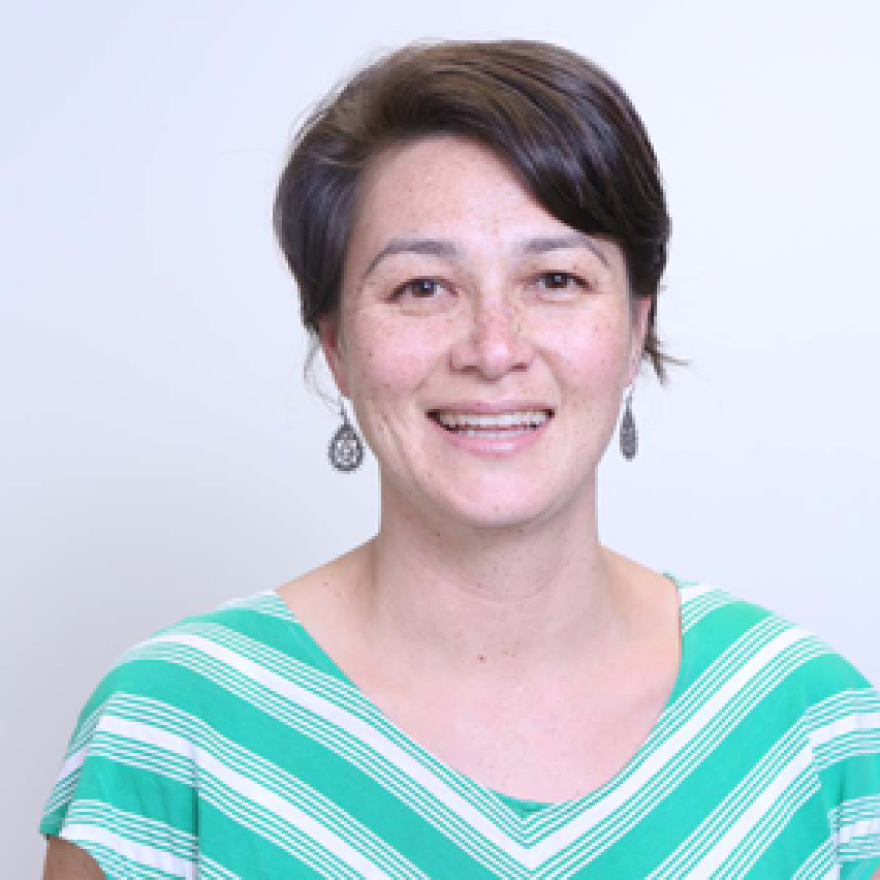The latent reservoir of HIV-1 in patients on fully suppressive anti-retroviral therapy (ART) prevents current therapy from achieving a cure. Identification of the major sources from which HIV-1 can reactivate from will allow therapy to specifically target this reservoir. CD4 T follicular helper cells (TFH) are a subset of memory CD4 T cells that reside within secondary lymphoid tissue and may be a major reservoir for HIV-1. These cells are infected with HIV-1 and accumulate during infection despite effective ART.
The study of TFH especially in humans is difficult as these cells are found exclusively within the germinal centres of lymph nodes. The recently identified TFH reservoir will be investigated using an established method of ultrasound guided fine needle biopsy (FNB) of lymph nodes to monitor immunovirological profiles in vivo and to determine the contribution of reactivated virus. FNB are safe and well-tolerated in macaques and humans, providing frequencies of T cell subsets that correlate well with those from matched excised LN in macaques.
Established immunological, molecular and bio-informatic techniques on cells isolated from serial FNB will be used.
HIV-1 persistence has been described in many cell types, but a direct link between a specific cell type and viral rebound has yet to be established. This study will provide important information on how these reservoir cells are maintained and will allow the development of specific interventions targeting these reservoirs. Multiple sources are likely to exist, but given that even a single cell carrying replication competent HIV DNA can theoretically rekindle the infectious cycle, it is critical that all potential sources of HIV recrudescence are known.

